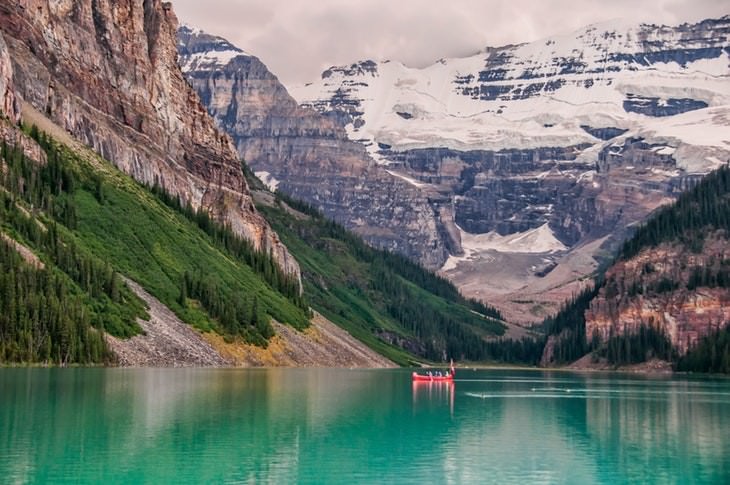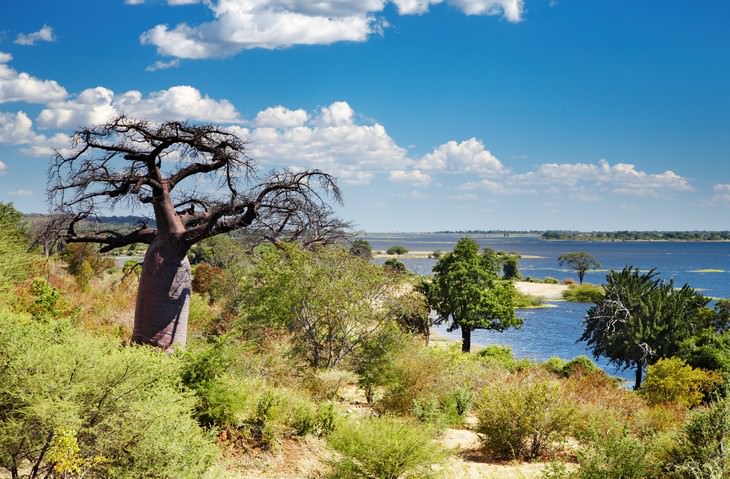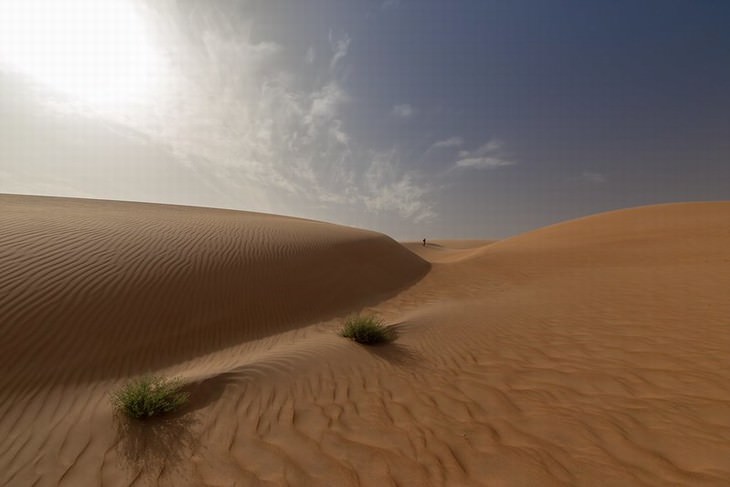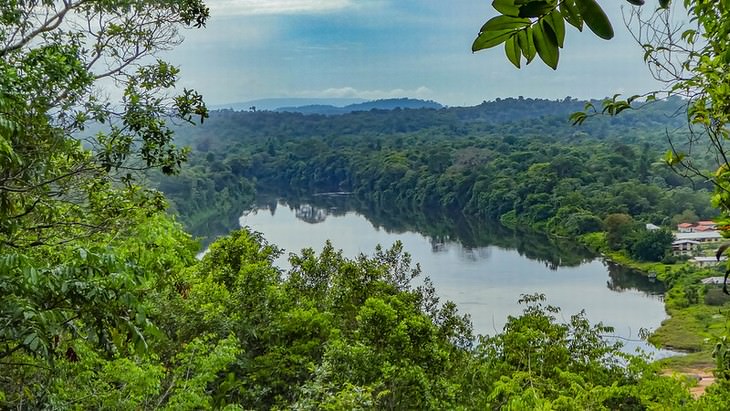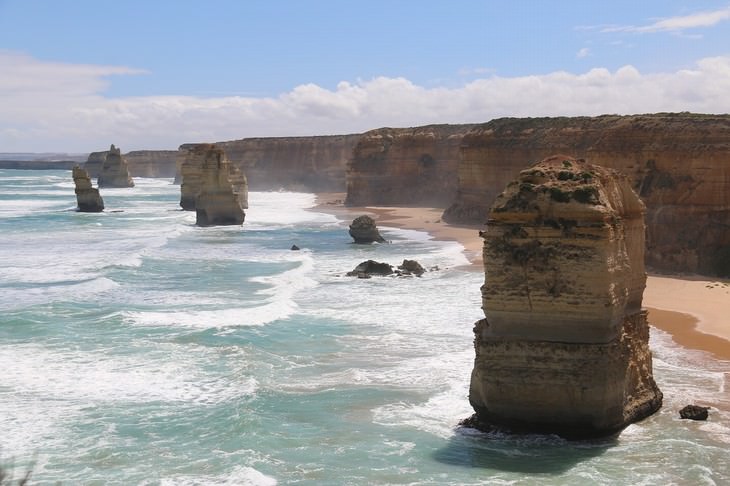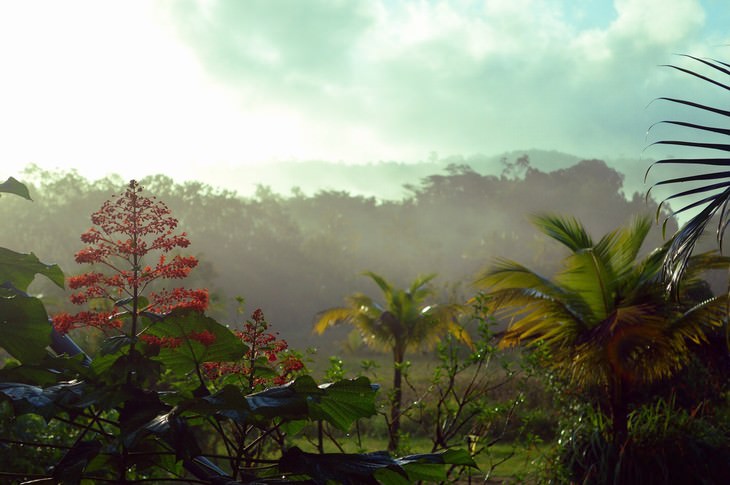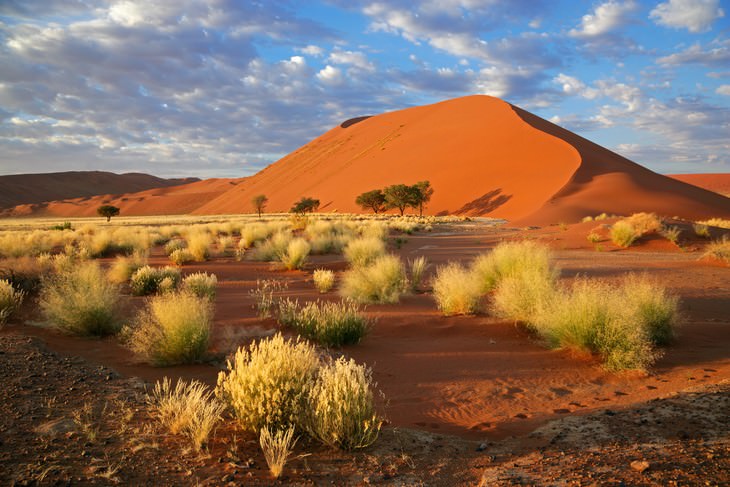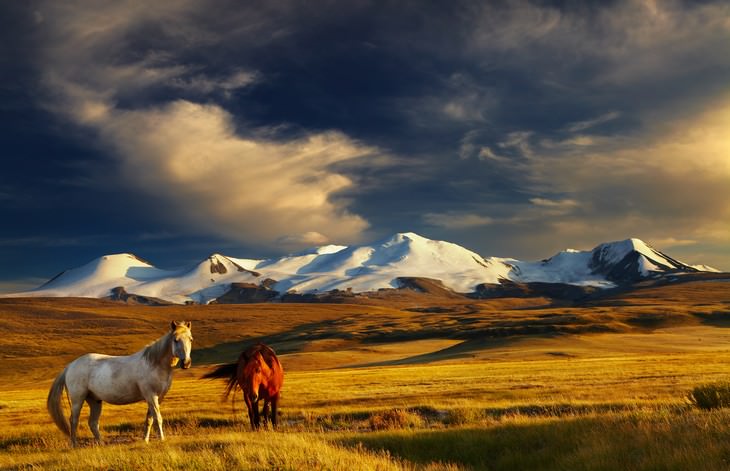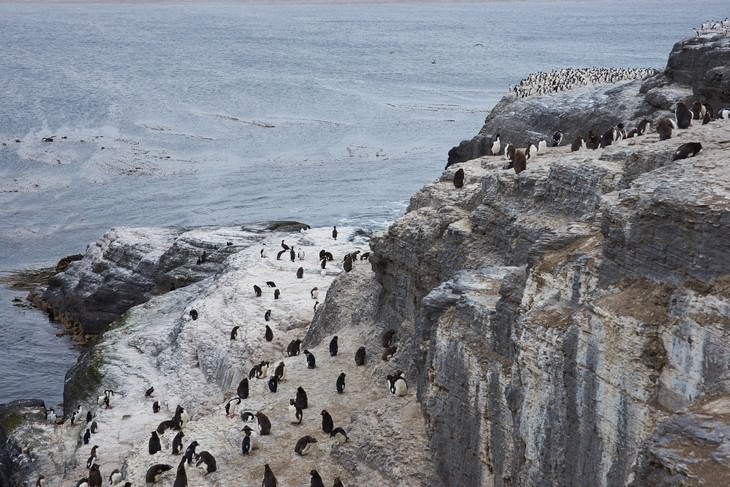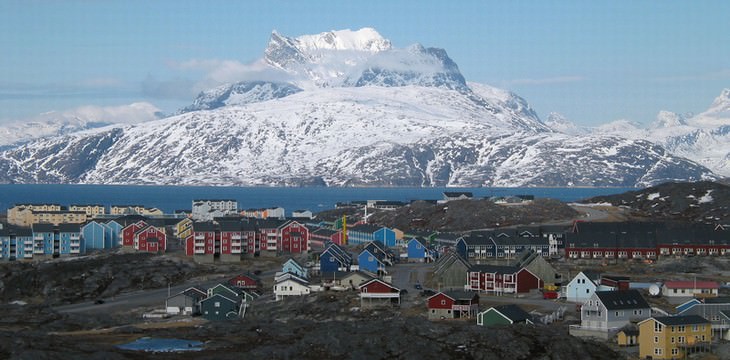You’d think that there are so many people on our little blue planet that there must hardly be a place where people don’t live. You would be right, generally speaking, as Antarctica is the only unpopulated continent on Earth (save some scientists who aren't really residents). At the same time, there's still a lot of places on our planet with a very low population density, and in most cases, the unbearable climatic conditions are to blame.
Behold a countdown of the top 12 least populated places on Earth. These places are ruled by nature and full of unbelievably beautiful and vast landscapes. Also, we're willing to bet you'll be surprised to see some countries on this list.
12. Canada
Population Density (people per square km): 3.65
While the southern part of Canada is densely-populated, containing such major social and cultural hubs as Toronto, Montreal, and Vancouver, most of the country's north is not habitable, as it's covered in permafrost and so not suitable for agriculture. This land of ice and snow is the reason why the overall population density of the entire country is so low.
11. Libya
Population Density: 3.50
Like Canada, Libya is an enormous country by territory, but the majority of that territory is not arable, which is the reason why the population density is very low. In fact, Libya is even slightly larger than Alaska, but only 6.7 million people live there since the majority of the country is occupied by the Sahara desert.
10. Botswana
Population Density: 3.48
The population trends in Botswana are defined by natural limits as well, namely, the Kalahari desert and the swampy wetlands surrounding the Okavango river that floods regularly. So, the 2.2 million population of the country is confined to the southeastern borders of the country, namely the capital, Gaborone (where 10% of the population reside), Francistown and a few other, smaller cities.
9. Mauritania
Population Density: 3.36
Like Libya, Mauritania is a rather big country in Africa, the territory of which largely consists of the Sahara desert. Only 3.8 million people live there, and an estimated 30% of them reside in Nouakchott, the capital city, which is also the largest city in the Sahara desert.
8. Suriname
Population Density: 3.26
Suriname is a small country in South America, the territory of which is roughly equal to the territory of the U.S. state of Georgia. An estimated 80% of the country consists of forests, and the population of Suriname is only 563,402 people, only slightly more than a quarter of the population of Paris alone.
7. Iceland
Population Density: 3.24
Iceland is a beautiful country to visit, with millions of tourists flocking up to see its many waterfalls, glaciers and other natural wonders each year. However, living in Iceland is a much tougher endeavor, seeing as the majority of the county's territory is an area of volcanic activity. In fact, there are 32 volcanic systems in Iceland, which is why more than a third of the population resides in the capital city, Reykjavik.
6. Australia
Population Density: 3.14
You may be surprised at this one. Following the trend for many of the countries on this list is Australia, the population of which is spread out as unevenly as its varied climate. While the coastal regions abound in rainforests and green mountain ranges, the so-called Australian Outback is a barren land, uninhabitable and practically devoid of life.
Needless to say, the vast majority of the population, too, reside near the coast, and especially in the southeasternpart of it, where major cities, such as Brisbane, Sydney and Melbourne are located.
5. French Guiana
Population Density: 2.65
Technically speaking, Guiana is part of France, but it's largely separate from its European colonizer despite having Euro as currency. Over half of the country's 296,711 residents live in the capital city, Cayenne, leaving the rest of the country's territory to nature. In fact, the country's rich biodiversity is unique, containing ancient rainforests, mangroves, vast savannahs and more.
4. Namibia
Population Density: 2.56
As it is the case with neighboring Botswana, much of Namibia's landscape is dominated by the barren Namib and Kalahari deserts, which are very VERY dry places. In fact, the famous Deadvlei is located in Namibia. The majority of the 2.534 million people who live in Namibia reside in the northern, slightly more habitable lands.
3. Mongolia
Population Density: 1.92
The famous commander and ruler Genghis Khan expanded past Mongolia for good reason, because the vastly large, barren and cold steppes of Mongolia are hardly the most habitable place to live. This also explains the nomadic lifestyle and immense love of horses in traditional Mongol culture, as you'd need to move a lot to survive in this kind of climate.
2. Falkland Islands
Population Density: 0.21
The Falkland Islands, technically a South Atlantic archipelago consisting of over 700 smaller islands, is the place where birds rule. This place acts as the breeding grounds for countless bird species, notably many penguins. The territory technically belongs to the UK, but only 2,932 inhabitants live there, mostly sheep farmers of British descent.
1. Greenland
Population Density: 0.03
Most of Greenland's territory is covered in ice, but the rocky lands on the west coast of the country have been inhabited for over 4.500 years. Greenland is part of Denmark, but it doesn't feel like it, as only 56.000 people inhabit the enormous territory. So, if you need some personal space and you're fine with chilly weather, Greenland is the place to go.

